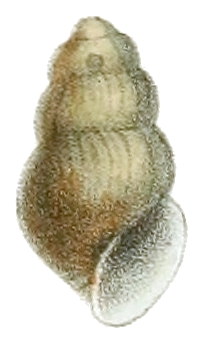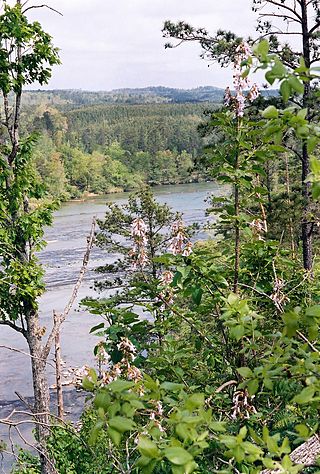
The Cahaba River is the longest substantially free-flowing river in Alabama and is among the most scenic and biologically diverse rivers in the United States. It is a major tributary of the Alabama River and part of the larger Mobile River basin. With headwaters near Birmingham, the Cahaba flows southwest, then at Heiberger turns southeast and joins the Alabama River at the ghost town and former Alabama capital of Cahaba in Dallas County. Entirely within central Alabama, the Cahaba River is 194 miles (312 km) long and drains an area of 1,870 square miles (4,800 km2). The name Cahaba is derived from the Choctaw words oka meaning "water" and aba meaning "above"

The Coosa River is a tributary of the Alabama River in the U.S. states of Alabama and Georgia. The river is about 280 miles (450 km) long.
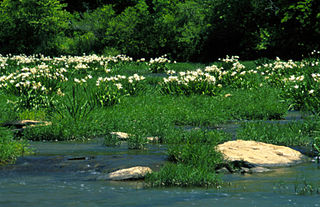
The Cahaba River National Wildlife Refuge is a 3,689.63 acres (15 km2) National Wildlife Refuge located in central Alabama, along the Cahaba River downstream from Birmingham, Alabama. The refuge was established on September 25, 2002. Additional purchases were approved that will potentially increase the size of the refuge to 7,300 acres (29.5 km²). Additional negotiations propose an expansion to a potential 280,000 acres (1,100 km2), most of which currently belongs to private landowners. The facility is unstaffed, but is administered by the Mountain Longleaf National Wildlife Refuge in Anniston, Alabama.

The blue shiner is a species of fish in the carp family. It is native to the southeastern United States, where it is endemic to the Cahaba and Coosa River systems of the Mobile River Basin. This is a federally listed threatened species under the Endangered Species Act of the United States.
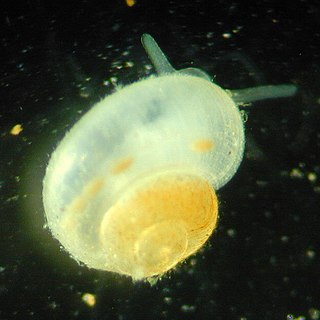
The Tumbling Creek cavesnail is a species of freshwater cave snail with gills and an operculum, an aquatic gastropod mollusk in the family Amnicolidae.
The slender campeloma, scientific name Campeloma decampi, is a species of freshwater snail with an operculum, an aquatic gastropod mollusk in the family Viviparidae.
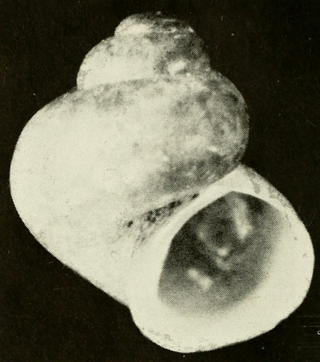
The Cahaba pebblesnail, scientific name Clappia cahabensis, is a species of very small freshwater snail, aquatic gastropod mollusks in the family Lithoglyphidae.
The lacy elimia also known as the lacey elimia, scientific name Elimia crenatella, is a species of freshwater snail with a gill and an operculum, an aquatic gastropod mollusk in the family Pleuroceridae.

Leptoxis ampla, common name the round rocksnail, is a species of freshwater snail with a gill and an operculum, an aquatic gastropod mollusc in the family Pleuroceridae.

Leptoxis compacta, the oblong rocksnail, is a species of freshwater snail with an operculum, an aquatic gastropod mollusk in the family Pleuroceridae.
Leptoxis foremani, the interrupted rocksnail, is a species of freshwater snail with a gill and an operculum, an aquatic gastropod mollusk in the family Pleuroceridae.

The plicate rocksnail, scientific name Leptoxis plicata, is a species of freshwater snail with a gill and an operculum, an aquatic gastropod mollusk in the family Pleuroceridae.

The painted rocksnail is a species of freshwater snail with a gill and an operculum, an aquatic gastropod mollusk in the family Pleuroceridae.
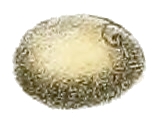
The flat pebblesnail is a species of freshwater snail, an aquatic gastropod mollusk in the family Lithoglyphidae.
The rough hornsnail, scientific name Pleurocera foremani, is a rare species of freshwater snail with an operculum, an aquatic gastropod mollusk in the family Pleuroceridae.
The triangular kidneyshell is a species of freshwater mussel, in the family Unionidae, the river mussels. It is endemic to Alabama in the United States, where it is known from several rivers and streams in the Mobile River Basin. It is a federally listed endangered species of the United States.
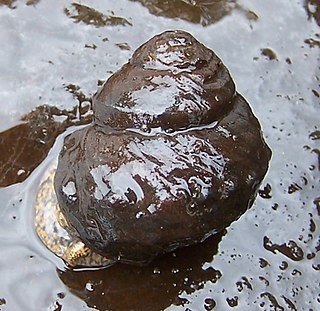
Tulotoma magnifica, common name the Alabama live-bearing snail or tulotoma, is an endangered species of large freshwater snail, an aquatic gastropod mollusk in the family Viviparidae.

The rainbow shiner is a North American species of ray-finned fish in the genus Notropis.
The Canoe Creek clubshell, also known as the Canoe Creek pigtoe, is an endangered species of freshwater mussel, an aquatic bivalve mollusk in the family Unionidae, the river mussels.
